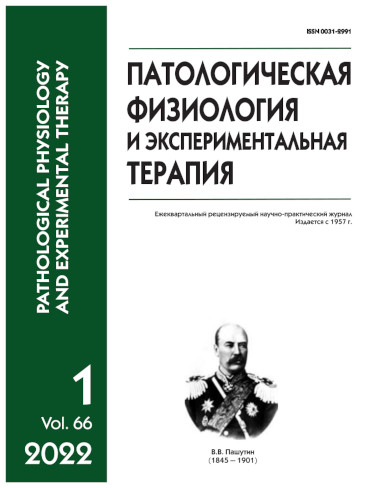Autonomic dysfunction in patients with post-COVID syndrome
Abstract
Introduction. Under the impact of SARS-CoV-2 (COVID-19) pandemic, the number of patients with the aftermath of the disease is growing. This condition was named post-COVID syndrome or long-term (prolonged) COVID 19. The aim. Study of the relationship between the clinical manifestations of post-covid syndrome and autonomic dysfunction by analyzing parameters the heart rate variability. Methods. The study included 35 patients (15 men and 20 woman) aged 23 to 49 years, who were consulted by an outpatient neurologist. All of them had residual neurological symptoms after COVID-19. Control group included 20 healthy people. The condition of autonomic nervous system was evaluated with the Neuro-MEP-4 computerized multi-functional complex and the Poly-Spectrum-Rhythm (Neurosoft) software. This study also included evaluation of responses to standardized stimuli (orthostatic test, Valsalva maneuver, deep breath test, maximum isometric voluntary contraction testing) and the cardiovascular Ewing test. Statistical analysis was performed with the StatTech v 2.5.7 software. Results. In patients with post-COVID syndrome compared to the group of healthy people, sharp declines in timed (SDNN, RRNNm RMSSD, RNN50) and spectral (LF, HF) characteristics of heart rate variables were noted. The intergroup comparison of responses to the orthostatic test showed that patients with post-COVID syndrome had lower RRNN and LF values, as well as higher HF values. During the Valsalva test, patients with post-COVID syndrome showed lower SDNN, RRNN and LF values than healthy individuals. In patients with post-COVID syndrome, the deep breathing test showed lower RRNN and higher HF, and the isometric contraction test showed higher RMSSD and HF. Conclusion. In patients with post-COVID syndrome, cardiovascular tests demonstrated an imbalance of the autonomic nervous system with predomination of the sympathetic regulatory activity.






